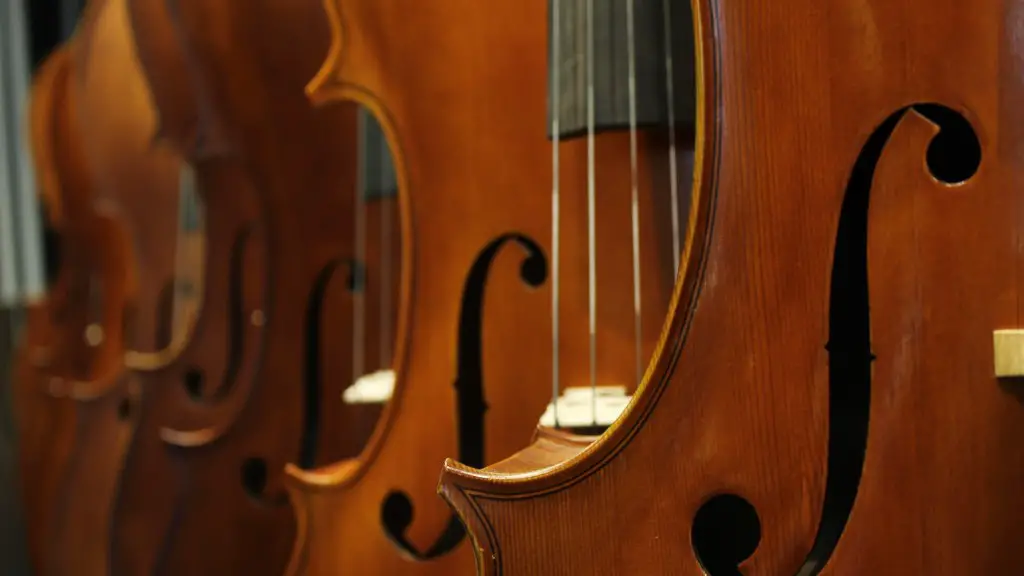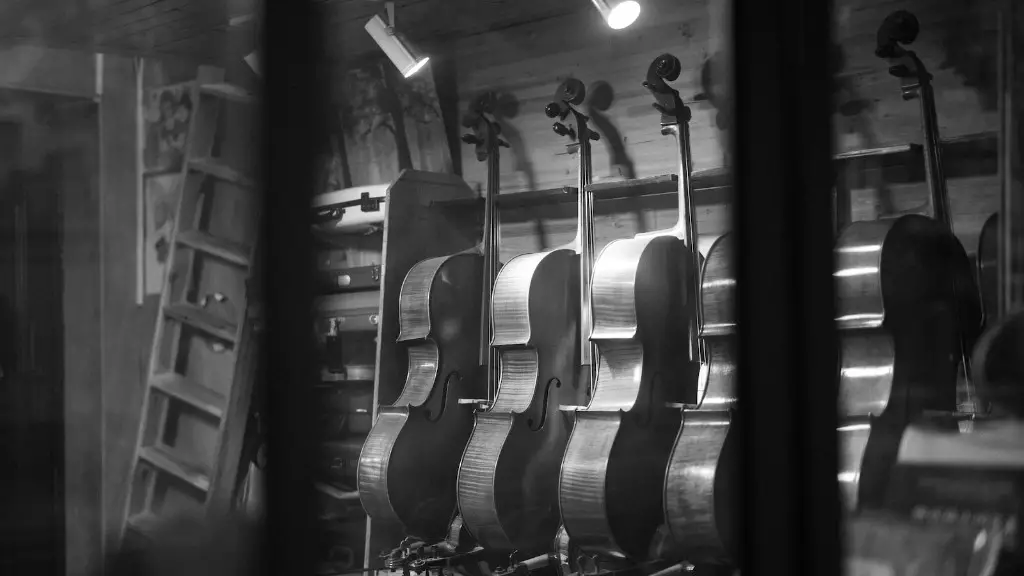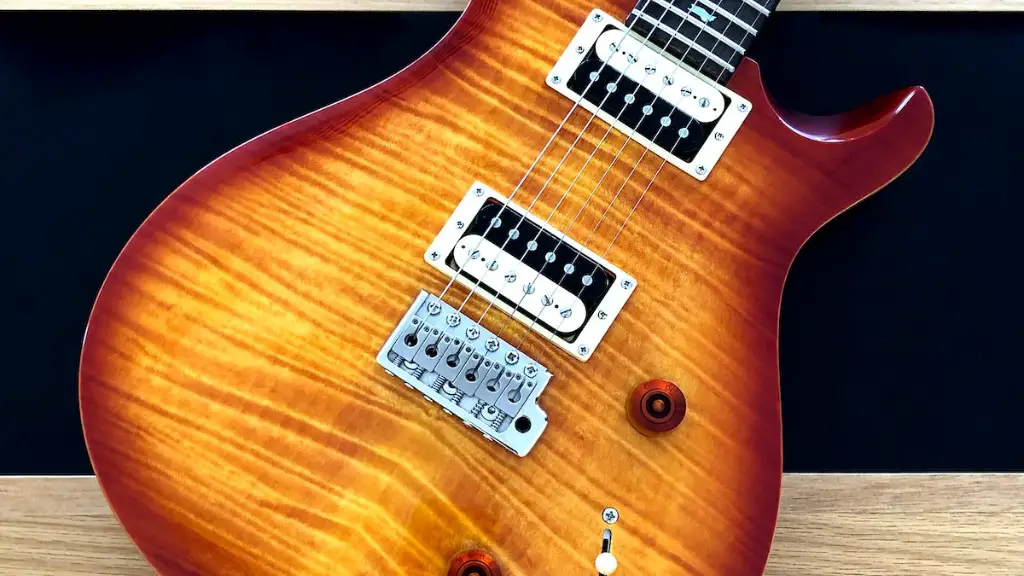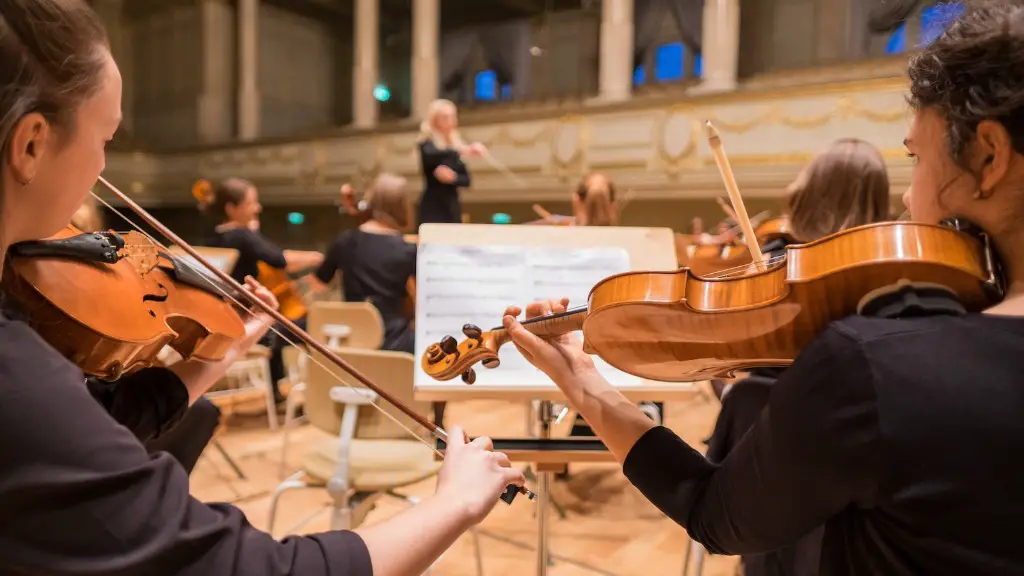Playing cello is an enjoyable and rewarding experience. To become a better cello player, you will need to practice regularly and develop your skills.
The first step to getting better at playing cello is to learn the basics. You should begin by mastering the basic techniques such as bowing, finger placement, and posture. Once you have a good understanding of the basics, you can move on to more advanced techniques such as vibrato and double stops.
It is also important to practice regularly in order to improve your technique and accuracy. You should set aside time each day to practice and focus on specific areas that need improvement. Additionally, you should listen to recordings of professional cellists in order to get an idea of how the instrument should sound when played correctly.
Finally, it is important to have patience with yourself and be willing to put in the necessary work in order to become a better cello player. With consistent practice and dedication, you can achieve great progress in becoming a more proficient cellist.
Preparing for Your Practice Sessions
Practicing the cello can be a daunting task, but there are several steps you can take to make sure you get the most out of every practice session. First, create a plan for your practice session. Decide what songs or exercises you want to work on and how long you want to spend on each one. Then, warm up your muscles with an easy exercise such as scales or arpeggios. This will help loosen your muscles and improve your speed and accuracy while playing.
Next, focus on playing slowly and accurately rather than trying to play fast. This will help you develop good technique and give you more control over the sound of your music. Additionally, it’s important to work on sight-reading skills, so you can learn new pieces quickly and confidently. Finally, end each practice session with a review of what you have learned that day so that it is easier to remember for future sessions.
Developing Proper Technique For Cello Playing
Developing proper technique for playing cello is essential to becoming a successful musician. To get better at playing the instrument, it is important to develop good posture, hand positioning, and bowing technique. Good posture will help you maintain a relaxed and comfortable position while playing and ensure that all parts of your body are working together. Hand positioning should be adapted to the size of your hand and the type of music you are playing. You should also practice holding the bow correctly and using different bowing techniques for different types of music.
Practicing regularly is also important in order to maintain and improve your technique. Start by setting aside time each day to practice scales, arpeggios, and technical etudes. This will help you develop finger strength, coordination between hands, intonation, and other skills necessary for good cello playing. Finally, it is important to listen carefully to recordings by professional cellists so that you can learn from their techniques.
Learning to Play with Expression
Playing the cello can be a beautiful and rewarding experience. To get better at playing, it’s important to learn how to play with expression. This means learning how to control the dynamics, vibrato, and articulation of each note. Dynamics refer to the volume of each note and can be used to add emotion and contrast to your playing. Vibrato is a technique used for sustained notes that adds an undulating effect, creating a more expressive sound. Articulation refers to how you play each note and can be used to create different effects such as staccatos or legatos.
Practicing with expression requires patience, practice, and dedication. You should start by learning the basics of playing with dynamics, vibrato, and articulation. Once you have the basics down, you should practice playing with expression in different styles such as classical or jazz. Finally, you should record yourself playing so that you can listen back and assess your progress. With practice comes improvement!
Understanding Musical Theory to Improve Cello Performance
Musical theory is an essential component of becoming a proficient cellist. With an understanding of basic music theory, cellists can develop a more intuitive understanding of the instrument and how to play it. By studying topics such as scales, chords, musical notation, and rhythmic patterns, musicians can gain a greater appreciation for their instrument and how to use it properly.
One of the most important aspects of musical theory is learning about chords. Chords are combinations of notes that create harmony when played together. Knowing how to construct and play different chords will allow cellists to play more complex pieces and create beautiful harmonies. Additionally, knowledge on how to read sheet music will help cellists better understand the music they are playing and interpret it correctly.
Understanding rhythm is also an important part of learning to play the cello. Knowing different time signatures and rhythms will enable musicians to master more advanced music pieces with ease. Additionally, focusing on dynamics can help create an emotionally dynamic performance that will captivate audiences. With practice, understanding musical theory can help any cellist take their playing ability to a whole new level!
Developing a Repertoire (How to Get Better at Playing Cello)
Developing a repertoire of cello pieces is an essential part of becoming a great cellist. Practicing regularly and mastering the basics are key to improving your playing. To further enhance your skills, it is important to work on expanding your repertoire. This can be done by selecting pieces that challenge you and focusing on learning them thoroughly. Choose pieces from different eras and styles to help broaden your playing experience and keep it interesting. Listen to recordings of the pieces you select and take note of any techniques used that you can incorporate into your own performance. Make sure to break up long practice sessions with short breaks, so that you don’t get overwhelmed or frustrated with playing the same piece over and over again. With hard work, dedication, and patience, developing a repertoire will make you a better cellist in no time!
Overcoming Difficult Passages When Playing Cello
Playing the cello can be a challenging instrument to master. Every cellist faces difficult passages at some point in their playing journey. However, with the right approach and practice techniques, it is possible to become better at navigating these challenging passages. The most important thing is to start slow. Spend time breaking down complex passages into smaller, manageable components and practice them separately. Once you have the individual parts down, you can start to put them together and build up speed. Additionally, it can help to focus on the fingering of each note or group of notes as this will make executing the passage easier. You can also use a metronome or drumbeat to help with accuracy and timing when playing a difficult passage. With enough practice and patience, there is no reason why you shouldn’t be able to get through even the toughest of passages!
Finally, don’t forget that practice makes perfect! Dedicate yourself to practicing consistently and before you know it, you will have mastered even the most difficult passages!
Conclusion
To become a better cellist, you have to be dedicated and practice regularly. It’s important to find the right teacher, who can help you develop your technique and musicality. You should also take time to listen to great performances and learn from them. Lastly, it is important to make sure that you are playing in a way that is comfortable and enjoyable, as this will help you progress faster. With hard work and dedication, anyone can become a better cellist.




